| Now’s the time to prune ornamentals way back to accommodate their extensive resprouting and blossoming during the upcoming seasons. And, good news for beginners, if the plants are sending up new growth way down on their stems because of the last week’s heat, all the better because those shoots tell you how far back you can cut! The point, of course, is to cut back as severely as possible – even to the ground – but to guarantee that new growth will result. The trick is to identify which plants can handle which level of pruning severity. The caveat for ornamentals that’ll bloom in late spring and early summer is to wait to prune until after they’ve finished blooming. The guideline is to cut back as far as the lowest green foliage, as tiny as it might be, and trim the newly-appearing new growth again in another several weeks if you want the base plant to be as compact as possible for future growth. Salvias can indeed thrive after being cut back almost to the ground. But other plants, like lemon verbena and euryops, can’t tolerate being cut back beyond the previous year’s growth. It’s as if that older wood doesn’t know how to resprout leaves to do its photosynthesis, so branches that were cut back that far just die. For very old plants that have been allowed to grow way too tall or wide for what your desires are now, the technique is to do the pruning in three stages to give the plant time to resprout lower on the trunks for two times, and then fine-tune the shape the third or fourth time around. This can take as little as a single season, or as long as three years, depending on the growth rate of the plant. So, timing your pruning now – or, for next year, in January – means that new shoots will arise almost immediately, and you’ll have bare stems for only a couple of weeks. Then you can breathe a big sigh of relief that you didn't kill your plant and did learn how to work with its natural growth pattern! Camellias I learned this technique when I had returned home to my Pasadena garden in the mid-1990s and found the camellias to be taller than the house roofline, the lowest foliage a good five feet from the soil level, and the trunks completely bare. Because the foliage completely blocked our picture window of the mountains, I knew the plants had to be “renovated.” But because my Mom had planted those camellias in the 1950s when my Dad designed and built our home, I was concerned that I would be threatening those aged plants that I'd enjoyed for so many years. So I decided to prune them in three stages, always leaving enough foliage at each stage so they could recouperate between massacres. First, I literally hacked off all growth taller than I could reach with my loppers – about seven feet – with no regard for whether cuts and nodes matched. I just wanted to get rid of the bulk of the “excess” foliage and force the plants to “push” new growth down lower. The result looked like a thick green pancake – two feet of foliage from five to seven feet off the ground floating on bare brownish gray legs. About three months later, there were enough new shoots, both within the existing foliage and new ones extending out of the trunks below that hadn't had any green growth in many years, for me to consider the next pruning stage. I pruned the top foliage from seven feet down to six feet. Another three months later, there were more new shoots within the foliage and considerably more on the trunks, some even down to the two-foot-high level. I cut another foot off the top of the foliage, bringing it to a five-foot height that allowed us to finally again see the mountains. This time, I went the next step further by trimming each branch and set of leaflets so new growth would proceed in the direction I wanted and fill in the gaps I’d initially created. Although I had few blooms that next year due to my extensive pruning and fine-tuning, the plants were vibrantly green and happily putting out lots of new growth. Each year since then, following their blooming, I trim back upward growth to keep our mountain view uninterrupted while thrilling in the rest of the plants’ vigorous bloom. |
|
0 Comments
Leave a Reply. |
Categories |
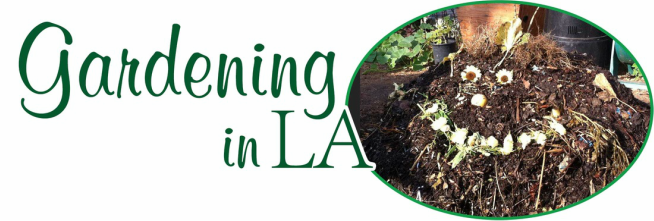

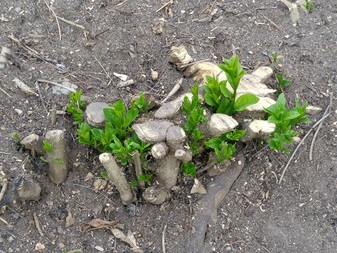
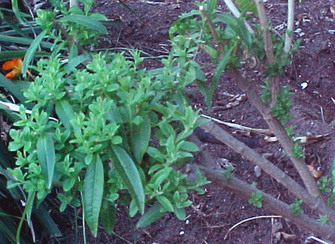
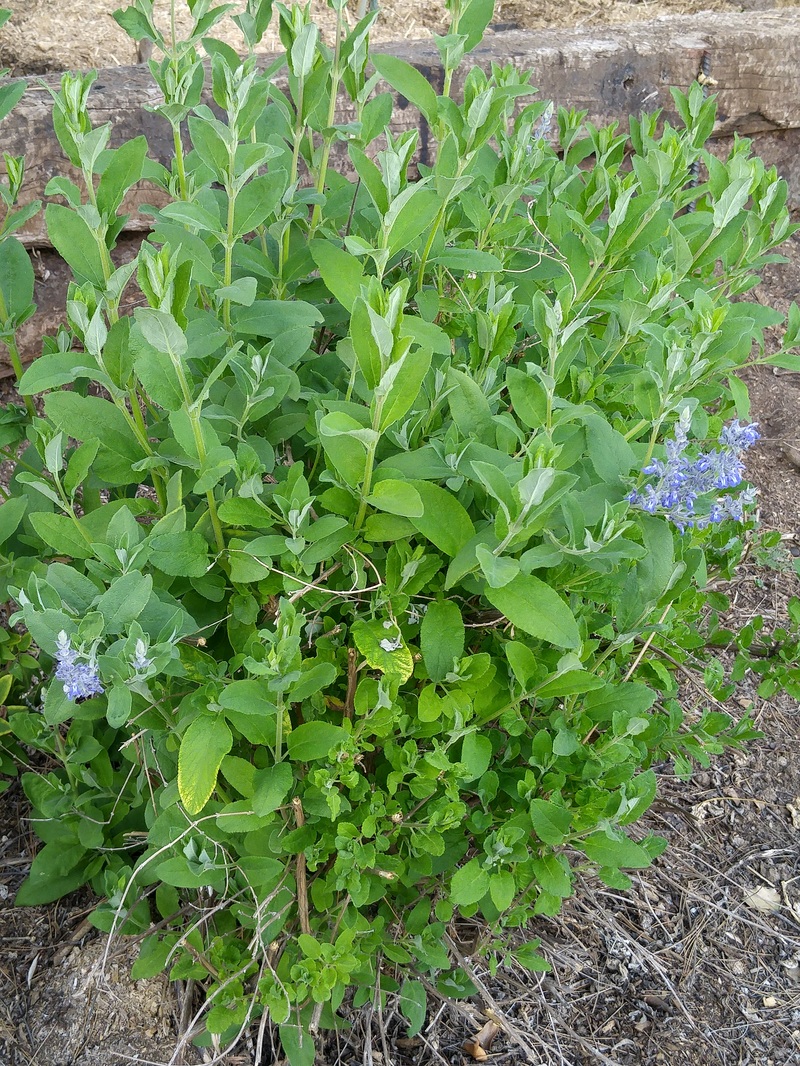
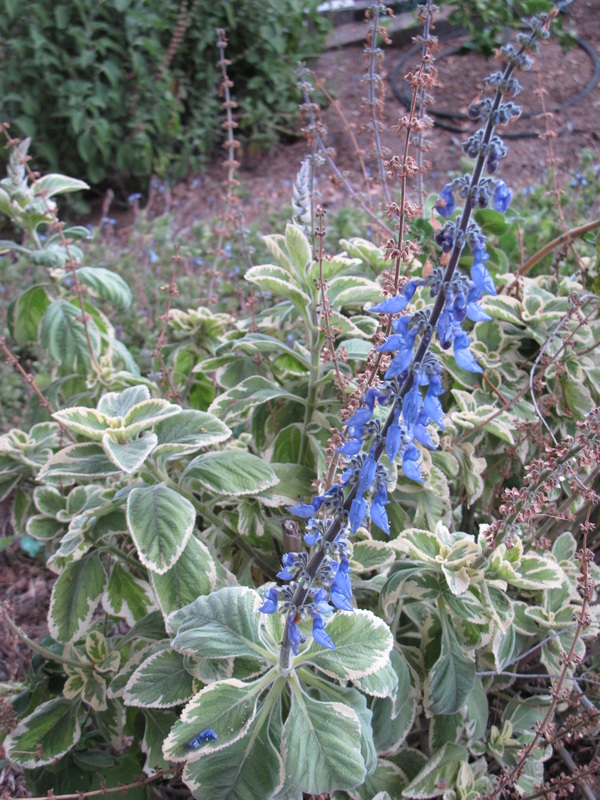

 RSS Feed
RSS Feed